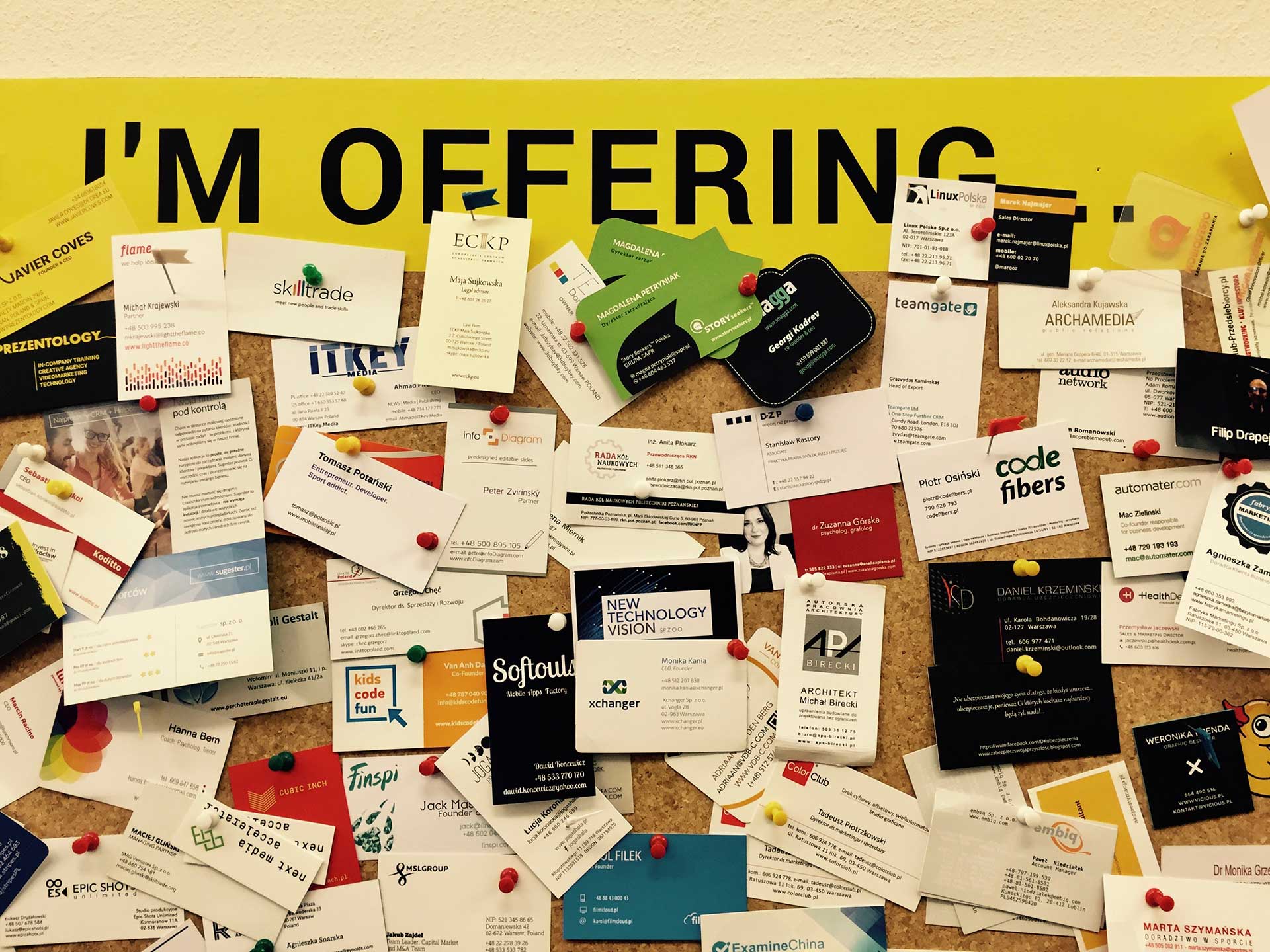Towards Detroit’s renewal
I spent the first week of April 2017 on a research trip to Detroit. We decided to look at Detroit because of its rich industrial history. Ford Motor Company was created in Michigan, General Motors has its headquarters in Detroit. We argue that public service media traditionally followed the Fordist model of mass production, standardization and hierarchies of power and control in the pure broadcast era. Detroit was also picked up also because of its famous art, design and music (Motown Records) traditions and also its dynamic regeneration plans.
Through the interviews I conducted it has become clear that the city face several challenges related to poverty, education, differences in quality of life, gentrification problems, alongside not having sufficiently good access to public transportation. This challenging environment when set alongside the aftermatch of the City’s bankruptcy has contributed to the growth of a wide range of initiatives aiming to foster societal improvement and the city renewal.
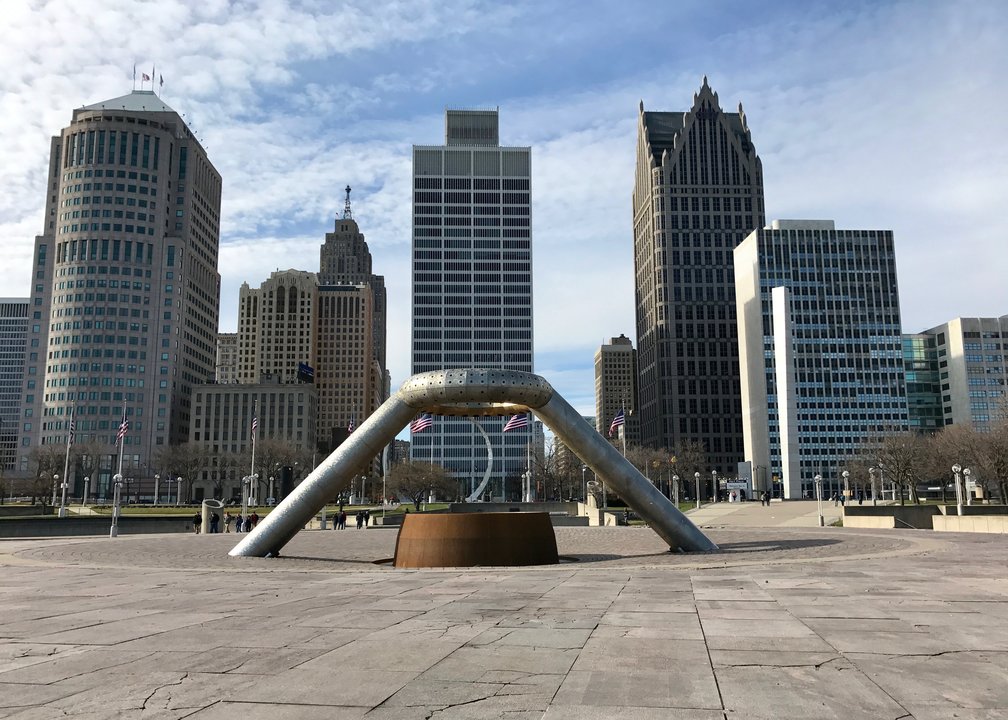
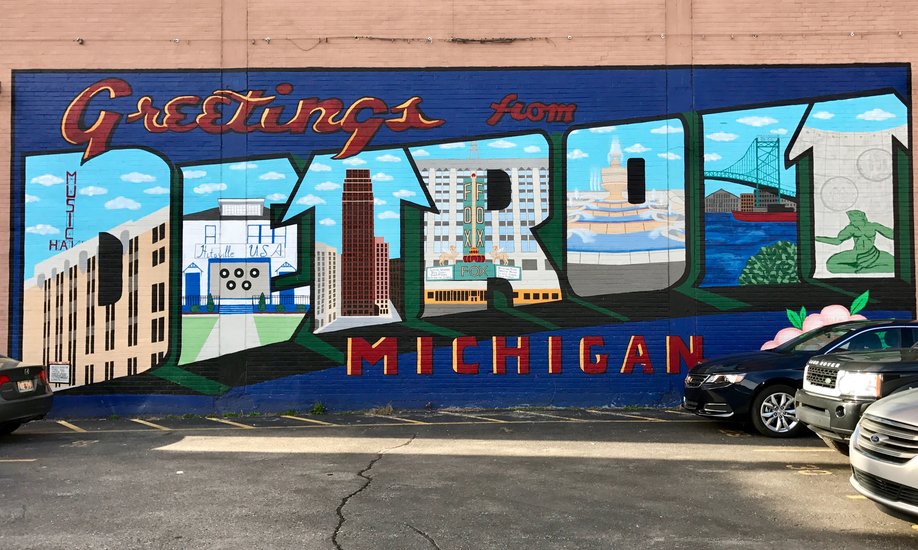
I started the study on Detroit with a visit to creative spaces. First of all MASH – a hub offering space for pop-ups, events and curated retail. The space is designed to foster ‘social organic collisions’ between makers, designers, artists and local communities in the Eastern neighbourhood. MASH brings together diverse groups of creative entrepreneurs as is also the case with Ponyride another co-working space located in the Corktown area. I was offered a free tour to see the daily work of creatives dealing with clothing, jewellery, cosmetics and many other industries. The Empowerment Plan – one of the largest of Ponyride’s companies in residence – hires people to produce water-resistant jackets which can transform into a sleeping bag. By making a donation this jacket can be given to someone in need.
Serving sustainability has become a core value of Green Garage – a space for 50 small businesses, non-profit organisations, and independent professionals who contribute to the overall environmental-friendly strategy of the Green Garage co-working space. Green Garage includes recycling, composting, energy reduction initiatives. On Fridays a community lunch is offered to residents and guests. The Friday lunch I attended was followed by a presentation and discussion on the launch of the first public bike system in Detroit.
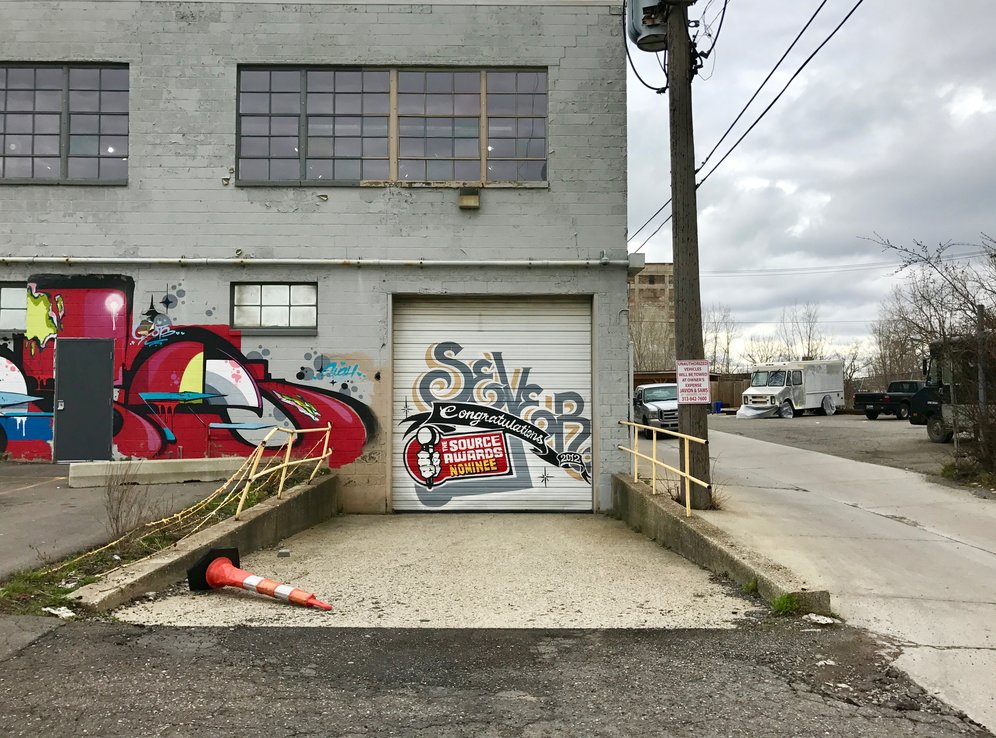

Moving to accelerator programmes, further observations and interviews were conducted at TechTown and the Detroit Creative Corridor Center – which offers entrepreneurial services for tech and creative neighbourhood enterprises. I also travelled to Ann Arbor to participate in the TechArb Student Venture Accelerator event at the University of Michigan. Finally, I also visited DetroitLives! – an award-winning production studio and creative consultancy located in the Detroit Financial District. Among several projects such as street art, they are making films. One documentary is titled "After the Factory" (2012) and it compares Detroit with the Polish city of Łódź, also aiming to regenerate itself and move on from the Fordist model of production. I spoke with Philip Lauri – the Director of the movie.
Public service media have played active role in the processes of Detroit reinvention. For instance, Detroit Public TV has launched the ‘One Detroit’ project which tells stories based on engagement with citizens on their thoughts and ideas connected with public policy, health, environment, culture, and so on. Public radio (WDET) has launched ‘Framed by WDET’, an audiovisual series integrating photography and storytelling within ethnic and cultural communities. I was given a tour by one of the interviewees at WDET to show the changes they are working on connected to reform of the organisational culture of the institution. For example, the newsroom has been moved to a larger room in order to foster an open-desk strategy to encourage more collaboration between employees. The Mission of WDET includes the core values of public service media and these were pinned on almost every door in the public radio’s facilities.

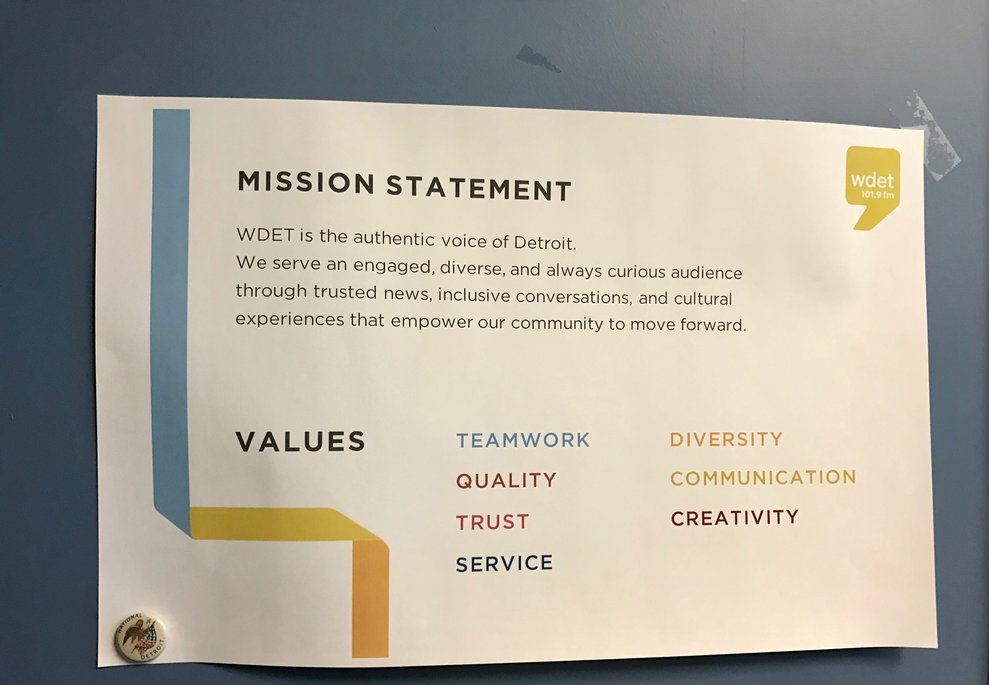
The research trip to Detroit offered a life-time opportunity for a tour through the historic Eastern Market regarded as one of the clusters supporting the ecology of the food industry. I have also seen The Heidelberg Project – open-air art initiative.
Overall, I spotted several abandoned buildings in both in several neighbourhoods and in the city centre including factories, libraries and schools. Michigan Central Station itself closed down in 1988, something extremely extraordinary for a major Western city of North America.


